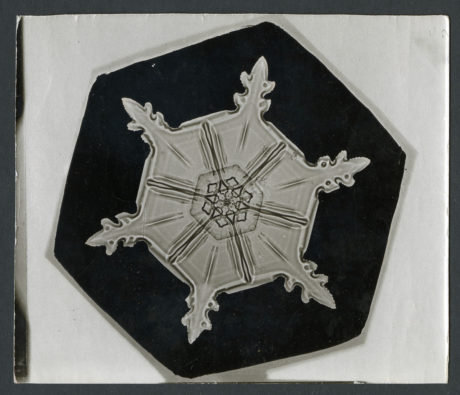
By LINDSEY FENNER
We are traveling now through the darkest time of the year. This time can be a struggle for me. Winter makes those small dear moments of being outdoors more difficult to find. Everything is colder, slipperier, darker. I’m learning I need to be more intentional in how I interact with nature during these dark months. My plan this winter:
Morning measuring routines: This past spring, I started doing daily precipitation measurements for CoCoRaHS- the Community Collaborative Rain, Hail and Snow Network. Every morning at 7AM, I wander outside in my pajamas to see how much precipitation fell in the previous 24 hours. During this summer of drought, there was usually no rain to measure. But I found those few minutes gave me the gift of a scheduled moment every morning to notice– the rain yes, but also the early morning birdsong and the way the sun shifts ever so subtly every morning.
I’m learning that measuring snow is MUCH more complicated than measuring rain– but within the time I spend taking averages of depth measurements and snow cores and melting snowfall to find the “snow water equivalent,” I’m learning how to understand snow– it’s beauty and complexity. All while still in my pajamas.
Combining science and art: I don’t really consider myself an artist OR a scientist, but I am always intrigued and inspired when art and science are are brought together (See Anna Atkins and her botanical cyanotype photographs from the 1840s, Wilson’s Bentley’s snowflake photography, or Margaret Nazon’s contemporary astronomical beadwork.)
I’m starting a winter project that combines climate data with fiber art. You start by creating a color scale for temperature ranges out of yarn. My scale has a different color for every 10 degrees. Every day, you knit, crochet, or weave a row that corresponds to that day’s temperature. There are many beautiful patterns online of blankets and scarves, but I’m considering creating a hanging for my porch, something that will live in the weather that shaped its design.
Making a Wintertime To-Be-Read List: I’m always on the lookout for the latest books on nature and science. Some newer books I’m excited to read this winter, with summaries provided by the publishers:
The Accidental Ecosystem: People and Wildlife in American Cities by Peter S. Alagona. “The Accidental Ecosystem tells the story of how cities across the United States went from having little wildlife to filling, dramatically and unexpectedly, with wild creatures.”
Watershed: Attending to a Body and Earth in Distress: by Ranae Hanson. “A personal health crisis, stories from environmental refugees, and our climate in danger prompt a meditation on intimate connections between the health of the body and the health of the ecosystem.”
Making Love with the Land: Essays by Joshua Whitehead. “Whitehead explores the relationships between body, language, and land through creative essay, memoir, and confession.”
Slow Birding: The Art and Science of Enjoying the Birds in Your Own Backyard by Joan E. Strassmann. “A one-of-a-kind guide to birding locally that encourages readers to slow down and notice the spectacular birds all around them.”
A Darker Wilderness: Black Nature Writing from Soil to Stars edited by Erin Sharkey. “A vibrant collection of personal and lyric essays in conversation with archival objects of Black history and memory.”
How will you stay connected to nature this winter?
“I don’t say
it’s easy, but
what else will do
if the love one claims to have for the world
be true?”
– Mary Oliver, from “Lines written in the days of growing darkness”
Lindsey is a fledgling Master Naturalist watching and writing about the natural world in East Phillips.









